Mangrove Swamps: Nature’s Shield Against Coastal Erosion
- August 15, 2024
- 0 comment
Mangrove swamps, nature’s coastal guardians, are vital ecosystems that line tropical and subtropical shores worldwide. Renowned for their dense, tangled roots, mangroves play a crucial role in protecting coastlines from erosion and providing habitats for diverse marine species. These unique wetlands also act as formidable carbon sinks, sequestering carbon dioxide and mitigating climate change impacts. This introduction explores the ecological significance of mangrove swamps, their benefits to local communities, and the urgent conservation efforts required to preserve these natural treasures for future generations.
What is Mangrove Swamps?
Mangrove swamps are vital coastal wetlands predominantly found in tropical and subtropical zones where saltwater and freshwater converge. These unique ecosystems are characterized by their harsh conditions, where few plant species can thrive. Mangroves are exceptionally adapted to survive and flourish under such challenging circumstances, tolerating both saline and freshwater environments. These hardy trees have evolved to withstand high temperatures and high salinity levels, making them crucial as natural buffers between land and sea. They play a critical role in coastal protection, reducing erosion and buffering the impact of storm surges. With approximately 70 different species of mangroves identified globally, they support a rich biodiversity, including serving as nurseries for various marine species.
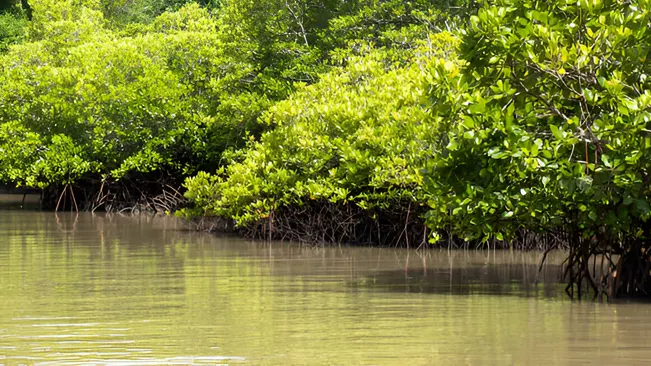
However, despite their environmental significance, mangroves face threats from widespread deforestation driven by urban expansion, agriculture, and aquaculture, leading to a decline in their populations. Many species are now considered endangered, making their conservation a pressing global environmental issue. Protecting these ecosystems is essential not only for maintaining biodiversity but also for the livelihoods of millions of people worldwide who depend on them for food, wood, and protection from natural disasters.
Climate Impacts
In coastal regions with low elevation gradients, mangroves face significant risks from rapid sea level rise, which can exceed their natural capacity for adaptation. However, at more modest rates of sea level increase, mangroves have demonstrated the ability to migrate inland, following the receding shorelines. This migration, though, is often hindered by human developments and other barriers that obstruct their natural inland progression. Additionally, mangroves are adapting to climate change by expanding their range northward. This shift is facilitated by relatively minor increases in winter temperatures, which reduce the frequency of cold weather events that previously limited their northern distribution. Despite the potential for nearly all current mangrove areas to be submerged under a one-meter rise in sea level, there is optimism that mangroves can expand both inland and northward as global temperatures continue to warm.
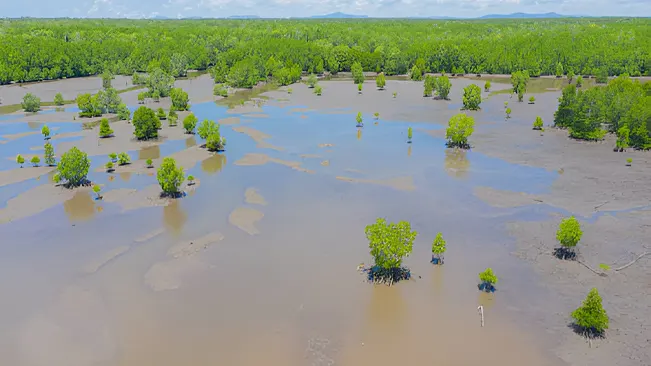
Yet, this adaptation and migration are not uniform across all regions. In some areas, mangroves can keep pace with changing conditions, while in others, they are unable to migrate due to geographical or anthropogenic barriers. This uneven adaptation can lead to the fragmentation of large mangrove areas into smaller, isolated patches. Furthermore, the loss of sediment, particularly peat, following storm-induced erosion can weaken the structural integrity of these ecosystems, potentially leading to their collapse. This highlights the complex challenges mangroves face as they adapt to rapidly changing environmental conditions.
3 Kinds and Characteristics of Mangroves
1. Red Mangrove
The Red Mangrove is distinctive for its elaborate aerial “prop” or “stilt” roots, which can extend from high up the trunk or even from branches. These roots initially grow outward before curving downwards to anchor into the soil. Often, the roots themselves generate additional prop roots, creating several layers of arching supports that radiate from the tree. This structural adaptation is particularly beneficial in the outer, more exposed areas of mangrove swamps where Red Mangroves typically thrive.
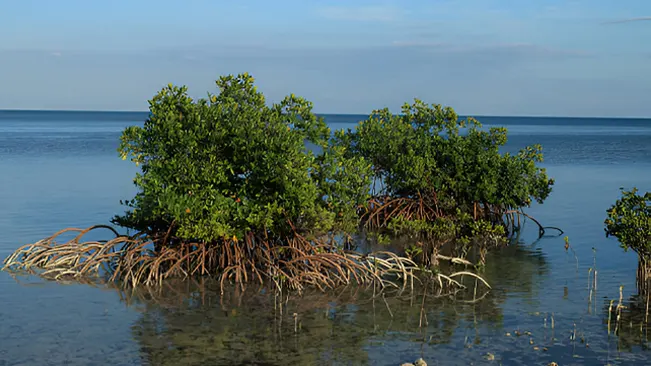
The prop roots not only stabilize the tree in these vulnerable locations but are also specially adapted to cope with hydric, or waterlogged, soils found in inter tidal zones. These soils are almost always saturated, allowing little atmospheric oxygen to penetrate and thus creating anaerobic (oxygen-poor) conditions. The prop roots facilitate gas exchange, enabling the Red Mangrove to survive and thrive in these challenging environments. While Red Mangroves do not strictly require saltwater to survive, they are most commonly found in estuarine areas where seawater and freshwater mix. This habitat offers optimal conditions, demonstrating the species’ unique adaptation to both saline and freshwater environments, allowing it to flourish in coastal ecosystems.
2. Black Mangrove
The Black Mangrove, distinct from other mangrove species, utilizes a unique adaptation through its root system. Beneath the soil, its roots extend small vertical structures known as pneumatophores, which protrude as much as a foot above the soil surface. These extensions are crucial for gas exchange, similar in function to the cypress knees found in swampy areas, but are more numerous. In areas where Black Mangroves dominate, these pneumatophores can densely cover the forest floor, creating a unique landscape especially in the interiors of mangrove swamps where tidal movements are minimal and shallow flooding is more prolonged.
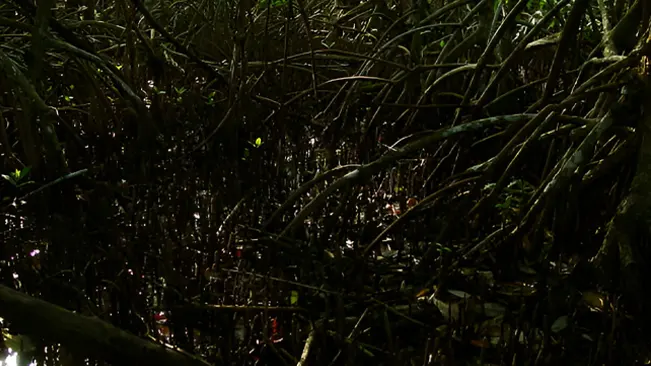
Unlike the Red and White Mangroves that largely prevent salt from entering their roots, Black Mangroves allow salt intake. To manage this, Black Mangroves have evolved to regulate their internal salt levels effectively. They excrete excess salt through specialized glands located on their leaves. This process results in visible salt crystals on the upper surfaces of the leaves, a characteristic feature of Black Mangroves. This salt-excreting mechanism not only helps them manage the saline conditions of their environments but also demonstrates the diverse adaptive strategies mangroves have developed to thrive in challenging habitats.
3. White Mangrove
The White Mangrove is a versatile species within the mangrove ecosystem, capable of thriving in a range of locations from protected shorelines to the entirety of a mangrove swamp. It is particularly prevalent at higher elevations, such as the edges of mangrove swamps that border upland areas. This positioning allows the White Mangrove to exploit less inundated areas compared to its counterparts, the Black and Red Mangroves. In response to environmental stress, such as high salinity or waterlogged soil, the White Mangrove can adapt by developing short, branched pneumatophores that extend from its roots, and occasionally, small “prop” roots from its lower trunk. These adaptations are relatively modest when compared to the more complex root systems of the Black and Red Mangroves, but they still play a crucial role in gas exchange and stability in their habitat.
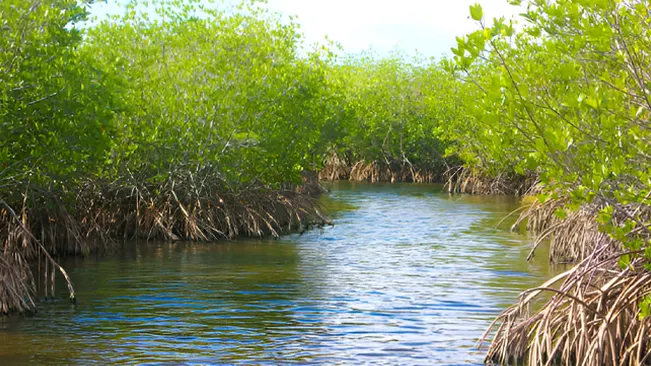
White Mangroves are particularly notable for their rapid colonization abilities. They can quickly occupy available upper intertidal zones, often forming dense, almost mono-specific stands that dominate the landscape. A key feature for identifying the White Mangrove is the presence of two gland-like openings located on the petiole (the leaf stem) at the point where it joins the leaf blade. These glands are thought to assist in the excretion of excess salt, helping the plant manage the saline conditions of its environment. This adaptive feature underscores the White Mangrove’s ability to thrive in various coastal settings, making it an integral component of the mangrove ecosystem.
Mangrove Swamp Soils and Soil Building
Mangrove swamps play a crucial role as dynamic soil builders in coastal environments where they are shielded from erosive forces. Over countless generations, as mangroves grow, mature, and decompose, their extensive root systems, along with a substantial accumulation of leaves and twigs, contribute to the formation of peat. This organic material gradually accumulates, and the soil level can rise to match the high tide mark. The ability of mangrove swamps to generate and elevate their own soil is a testament to the resilience and ecological importance of these ecosystems, particularly in areas where sedimentation might otherwise be minimal.

In historical contexts, particularly over the last 3,000 years, mangrove swamps have demonstrated a remarkable capacity to adapt to gradual changes in sea levels. As sea levels rise slowly, these swamps can keep pace through natural soil-building processes, effectively raising the ground level and maintaining the health and functionality of the ecosystem. This ongoing soil elevation helps protect inland areas from storm surges and sea intrusion, reinforcing the mangroves’ role not only as vital wildlife habitats but also as natural barriers that buffer coastal communities against the impacts of climate change and sea-level rise.
Benefits of Mangrove Trees
Mangrove trees are invaluable to both the environment and local communities, providing a plethora of ecosystem services that enhance coastal resilience. These robust trees are critical in protecting shorelines from the destructive forces of nature. Their dense, intertwined root systems serve as natural buffers, absorbing and diminishing the impact of tidal waves and storm surges. By stabilizing sediment and sand, mangroves effectively prevent coastal erosion, safeguarding the land against the relentless wear of the sea. Additionally, mangroves are vital for marine biodiversity; they act as breeding grounds and nurseries for a diverse array of fish and shellfish, which in turn supports a rich and thriving marine food web. For coastal communities, mangroves contribute to economic stability by providing sustainable livelihoods through fishing, tourism, and wood production, thereby bolstering food security.
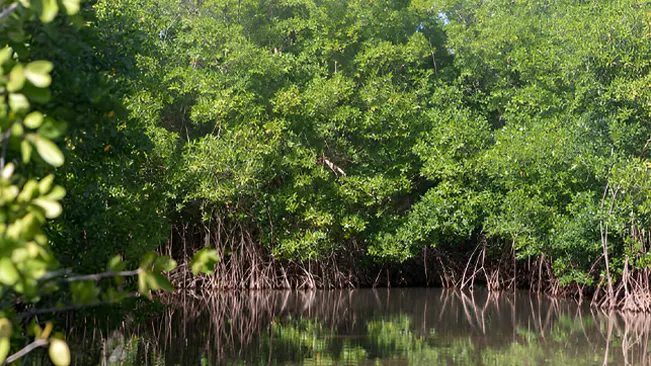
Beyond their immediate environmental and economic benefits, mangroves also play a significant role in the global fight against climate change. Research indicates that mangroves could aid in the regeneration of coral reefs, which are severely affected by coral bleaching due to ocean warming. Coral bleaching occurs when rising sea temperatures force corals to expel the symbiotic algae that nourish them, leading to their whitening and, often, their death. However, the shade provided by mangrove canopies can cool the surrounding waters, offering a refuge for juvenile corals to thrive away from the hotter open waters. This interaction highlights the potential of mangroves not just as coastal protectors but also as crucial allies in maintaining and restoring marine ecosystems amid changing global temperatures.
Conclusion
Mangrove swamps are more than just wetland ecosystems; they are essential components of our planet’s health and biodiversity. As natural barriers against coastal erosion and storms, they safeguard our shorelines and support the livelihoods of millions of people worldwide. Furthermore, their role as carbon sinks is critical in our fight against climate change, making their conservation a priority for environmental sustainability. It is imperative that we continue to support and invest in mangrove restoration and protection initiatives. Only by recognizing the true value of these remarkable ecosystems can we ensure they continue to thrive for generations to come.
FAQs
- What are mangrove swamps?
Mangrove swamps are coastal wetlands found in tropical and subtropical regions. They are characterized by mangrove trees, which are highly adapted to salty and brackish waters. - Why are mangrove swamps important for coastal protection?
Mangrove swamps act as natural barriers against coastal erosion, storm surges, and tidal waves. Their dense root systems help stabilize the shoreline and reduce the impact of waves, protecting inland areas. - How do mangrove swamps support biodiversity?
Mangrove swamps provide critical habitat for a wide range of wildlife, including fish, birds, and mammals. They serve as breeding and nursery grounds for many marine and terrestrial species, contributing to the biodiversity of the region. - Can mangrove swamps help combat climate change?
Yes, mangrove swamps can mitigate the effects of climate change in several ways. They sequester large amounts of carbon dioxide in their biomass and soil, and their ability to store carbon helps reduce greenhouse gas concentrations in the atmosphere. - What role do mangrove swamps play in supporting local communities?
Mangrove swamps support the livelihoods of many coastal communities through fisheries, wood for fuel and construction, and tourism. They also contribute to food security by providing a source of food and materials. - Are mangrove swamps threatened?
Yes, mangrove swamps are threatened by deforestation, pollution, climate change, and land development. These threats compromise the ecological health and protective functions of mangrove ecosystems. - How can we protect mangrove swamps?
Protecting mangrove swamps involves conserving existing swamps, restoring degraded areas, and implementing sustainable management practices. Public awareness and community involvement are crucial in the conservation efforts.

Joel Cunningham
Forestry AuthorI'm Joel Cunningham, an expert in pruning and weed management with over a decade of experience. My skills are rooted in formal training and extensive practice, focusing on advanced pruning techniques and efficient weed control. I'm known for my quality work, precision, and deep understanding of plant health and soil dynamics. My contributions extend to educational initiatives where I share sustainable practices and advice, establishing myself as a reliable and authoritative figure in the gardening community.


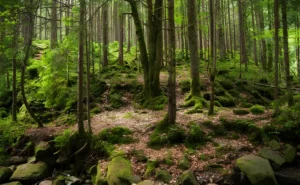
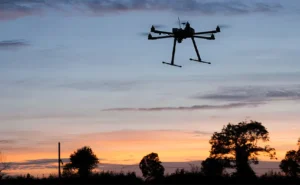
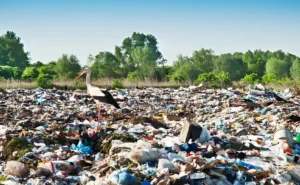
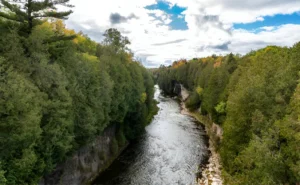

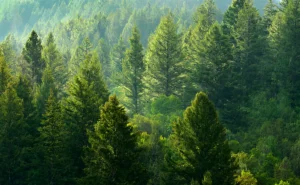
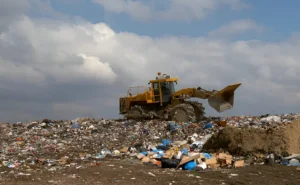
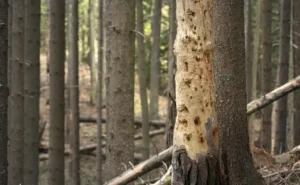


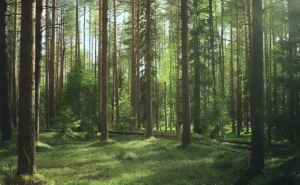
Leave your comment